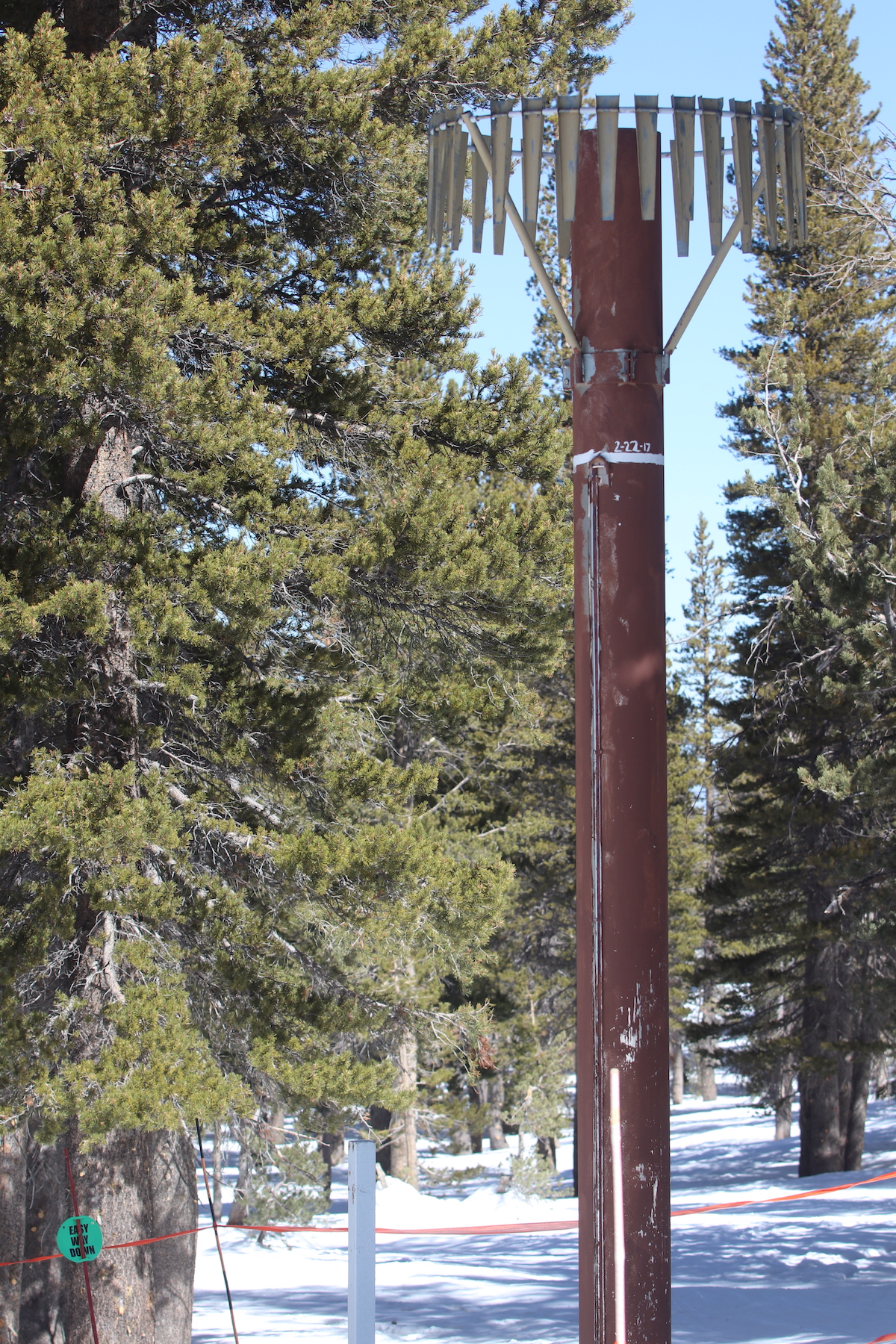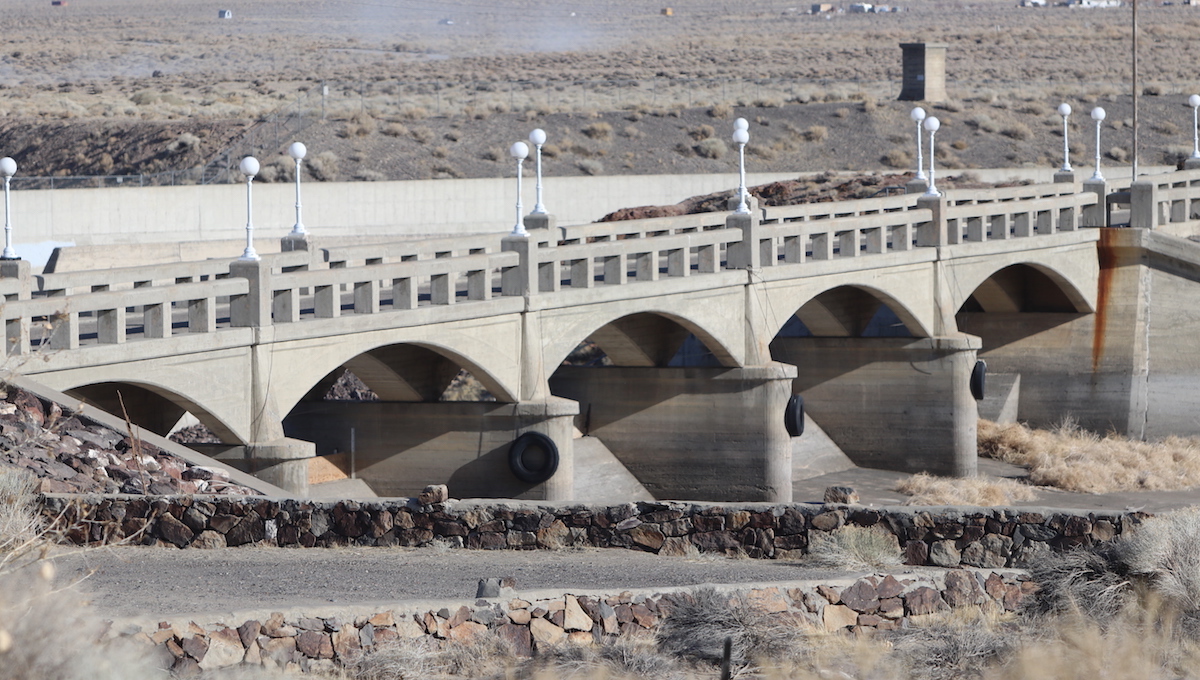Hydrologist Bill Anderson of the Natural Resources Conservation Service checks the bottom of a cylinder for snow and dirt before weighing the content.
Steve Ranson / LVN
 Steve Ranson/LVN
Steve Ranson/LVN
 Steve Ranson/LVN
Steve Ranson/LVN
 Steve Ranson/LVN
Steve Ranson/LVN
 Steve Ranson/LVN
Steve Ranson/LVN